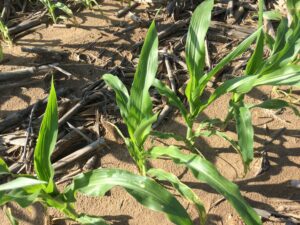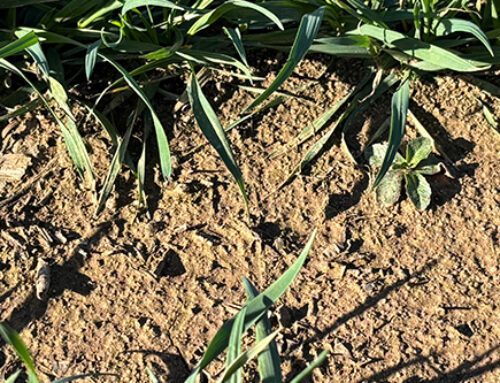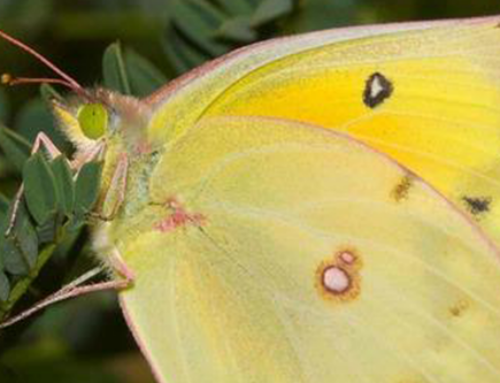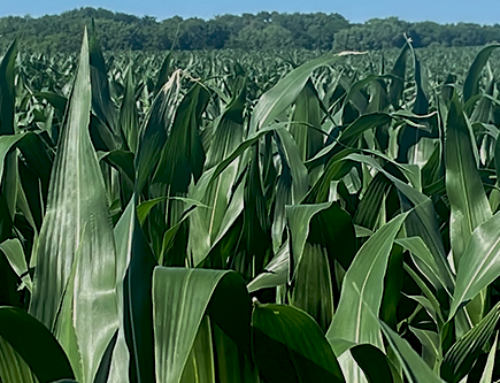Managing plant health and reducing plant stress are crucial at various growth stages throughout the life of a corn plant. These practices can greatly influence final yield potential.
Ear size and the number of kernel rows are determined at V5 to V7 in corn. The number of kernels that will be viable is determined prior to tassel. The size and weight of the kernels is determined based on stress levels during grain fill.
 So, it is important to reduce the stresses on plants during these critical stages. The number of kernel rows on an ear is primarily determined by genetics. However, environmental stresses or stress induced by certain herbicide treatments can diminish the potential number of rows. This reduction can occur as early as growth stages V5 to V6.
So, it is important to reduce the stresses on plants during these critical stages. The number of kernel rows on an ear is primarily determined by genetics. However, environmental stresses or stress induced by certain herbicide treatments can diminish the potential number of rows. This reduction can occur as early as growth stages V5 to V6.
As the tiny ear develops during the later vegetative stages, environmental stresses on the plant can reduce the number of kernels per row. Reducing stress during the late vegetative stage helps maintain the number of viable kernels on the ear.
After pollination, the goal is to maintain the number and weight of the kernels. Kernels continue to put on weight all the way to black layer. Late season plant health is very important and contributes to maximizing potential.
Reducing stress on a crop is usually out of our control. However, understanding how and when stress affects the plant helps us make better management decisions. As we watch the crop develop, your Crop Quest Agronomist can help you manage these decisions throughout the season. They can also respond to the changing conditions that we face each year.
We are here to help you reach maximum yield potential!
If you have questions about how to reduce stress on your crop in order to maximize your yield, contact your local Crop Quest Agronomist. They will be glad to assist you with these important management decisions to protect yield in your fields.





